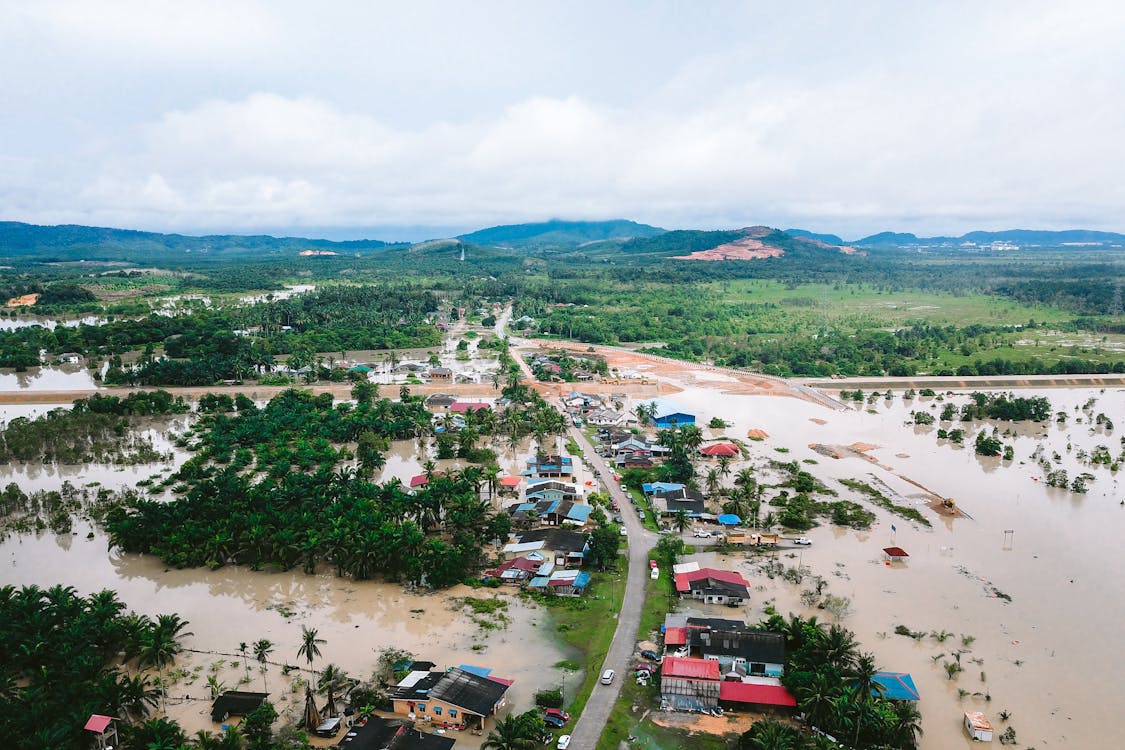
Floods in the East African region
Torrential rains and the El Niño and Hidaya phenomena
Kenya is currently grappling with one of the most violent episodes of the El Niño phenomenon since 1950, with flooding affecting large parts of the country. Cities, including Nairobi, are suffering the disastrous effects of these heavy rains, with at least 29 of Kenya’s 47 municipalities reporting significant damage. The human and material losses are devastating, and the death toll rises to at least 228. Tanzania was also severely affected and the situation was further complicated by the arrival of Tropical Cyclone Hidaya: more than 155 people died. Hundreds of people were also affected in Burundi, Ethiopia and Somalia.
Challenges in providing relief
Search and rescue operations are ongoing, but face enormous logistical and environmental challenges. In many areas, searches are based on the sense of smell or observation of birds that indicate the presence of possible victims. Many people are still missing. According to the Kenyan Ministry of the Interior, 164 people are currently missing and more than 42,526 families have been displaced, a total of more than 210,000 people.
The impact on the education system and infrastructure
The floods caused severe damage to infrastructure, including roads, bridges and school buildings. The reopening of schools in Kenya, initially scheduled for this week, has been postponed indefinitely by the Ministry of Education. In Tanzania, a large area suffers power cuts due to flooding. In the archipelago of Zanzibar, all maritime transport has been suspended. Evacuation orders have been issued for people living near reservoirs that threaten to overflow, and camps have been set up for displaced persons. However, the challenges remain enormous and will require long-term efforts to address the underlying causes of the floods and to better protect vulnerable communities.
Regional and global outlook
The World Meteorological Organisation warns that in Kenya, the El Niño phenomenon could persist until the start of the dry season in June, putting further pressure on resources and communities in the region.
The flooding emergency in the East African region and beyond requires a coordinated and committed response from governments, humanitarian organisations and the international community. It is essential not only to address the immediate impacts of flooding, but also to address the underlying causes, including climate change. Protecting and safeguarding the planet is also a work of mercy!
